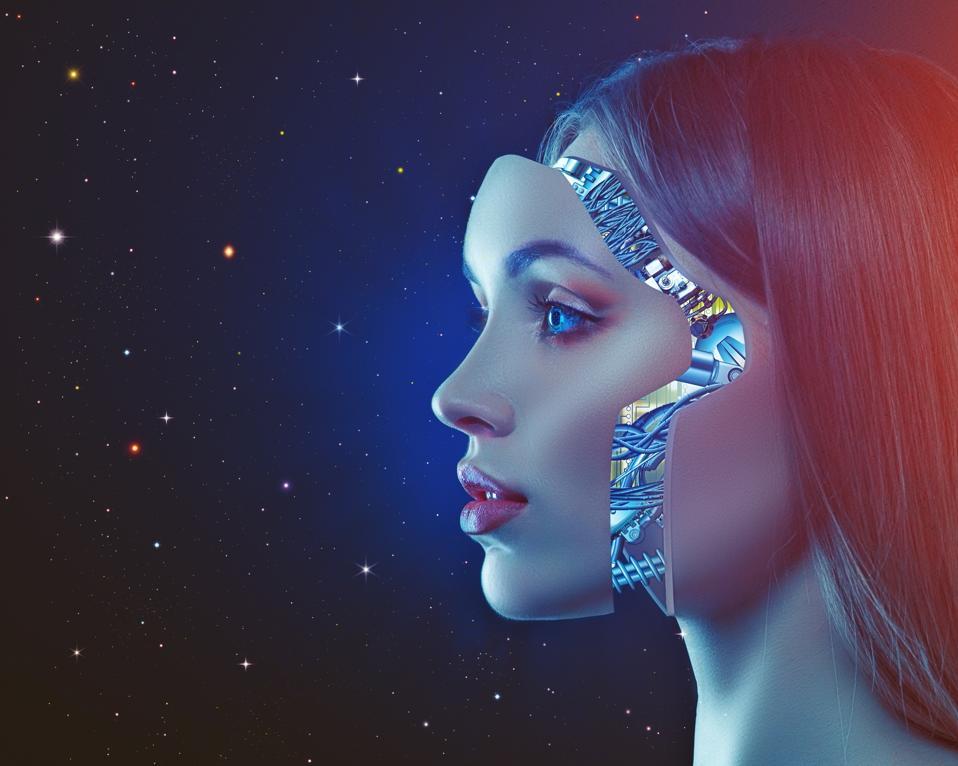A Deep Dive into the Global Virtual Human Market

The global Virtual Human Market is a fascinating and rapidly emerging sector at the intersection of artificial intelligence, computer graphics, and digital media. This market is a dynamic ecosystem comprised of 3D content creation studios, AI technology providers, and the brands, media companies, and enterprises who are deploying these digital personas for a variety of purposes. The market is dedicated to creating and operating realistic, AI-driven digital characters for applications ranging from marketing and customer service to entertainment and education. The growing demand for more engaging and personalized digital interactions is the primary force fueling the market's expansion. This trend is clearly reflected in its strong financial outlook, with its valuation expected to reach USD 19.43 billion by 2035, growing at a robust CAGR of 11.62% from 2025 to 2035.
The market can be segmented by the type of application, which reveals a diverse landscape of use cases. One of the largest and most visible segments is in marketing and entertainment, which includes the creation of "virtual influencers" for social media and brand ambassadorships, as well as the use of virtual characters in movies, games, and virtual concerts. Another major and fast-growing segment is in customer service and support, where AI-powered virtual humans are being deployed as digital assistants, concierges, and support agents on websites and in physical locations. A third critical segment is in education and training, where virtual humans are used as tutors, coaches, and as simulated participants for training in fields like healthcare and sales.
The demand for virtual humans is coming from a wide array of industries seeking to innovate their customer and employee engagement strategies. The retail and consumer brands sector is a major adopter, using virtual influencers to reach younger, digitally-native audiences and deploying virtual assistants to enhance the in-store or online shopping experience. The media and entertainment industry is leveraging the technology to create new forms of digital content and to build virtual celebrities. The healthcare industry is using virtual humans for patient education and for training medical professionals. The banking and financial services industry is exploring their use as digital financial advisors, and the automotive industry is using them as in-car virtual assistants.
The competitive landscape is a mix of specialized virtual human creation studios, major technology corporations, and AI platform providers. Companies like Soul Machines and Uneeq have established themselves as leaders in creating highly realistic, AI-powered digital people for enterprise applications. They compete with a host of other 3D content and character creation studios. At the same time, the major technology giants are also key players. The powerful real-time 3D engines, like Epic Games' Unreal Engine, are the foundational tools for creating the visual aspect of these characters. The major AI providers, like Google and Microsoft, provide the conversational AI and language models that give these virtual humans their "brains," creating a complex and collaborative competitive environment.
Explore Our Latest Trending Reports:


